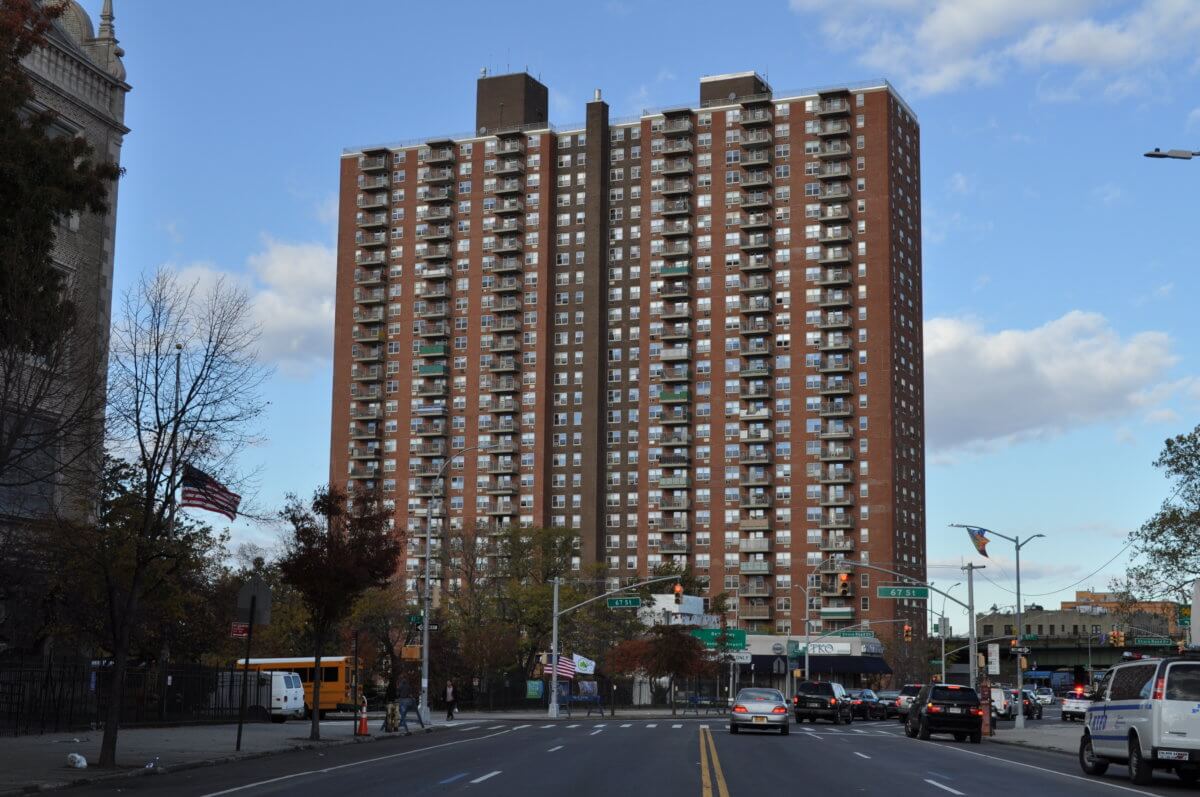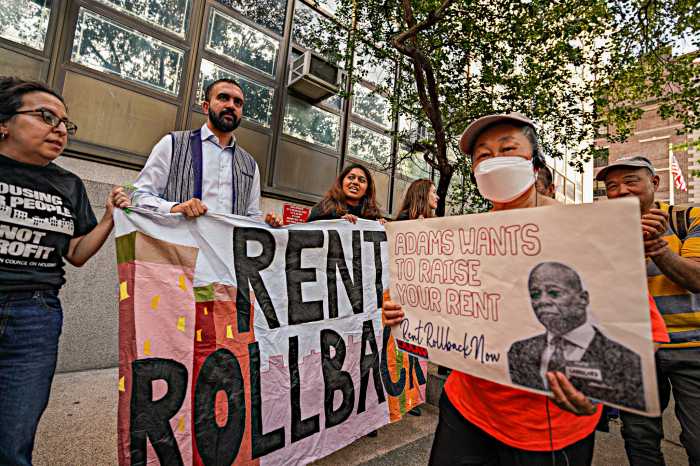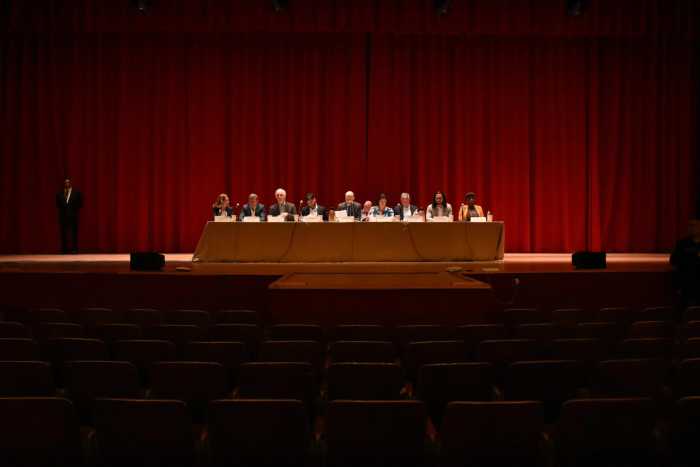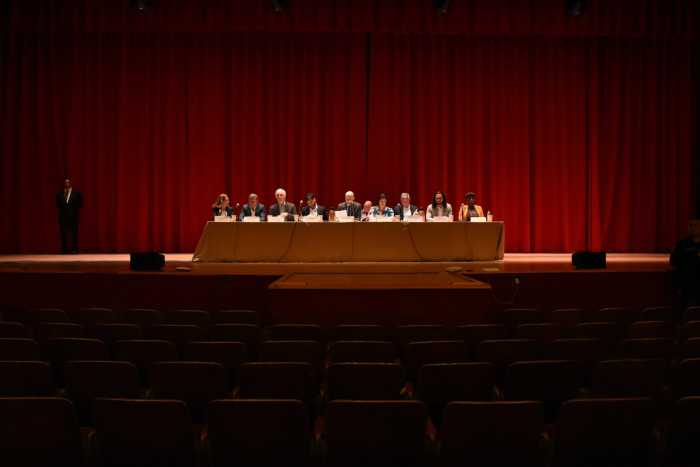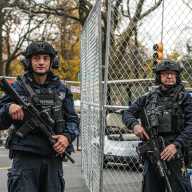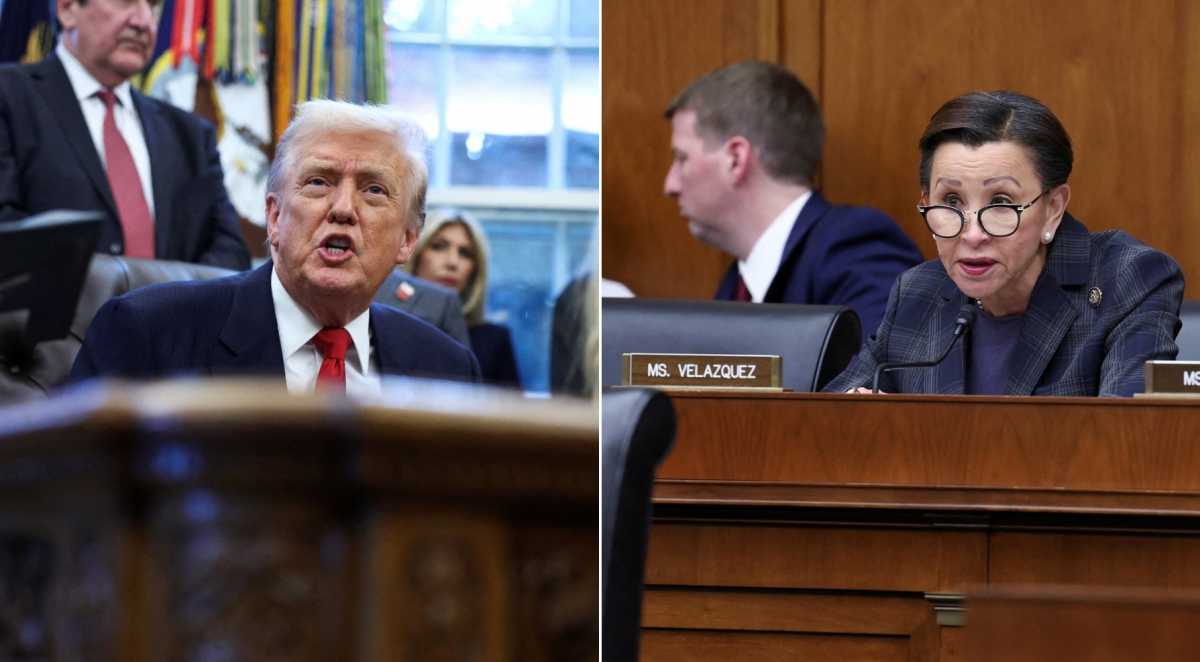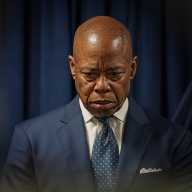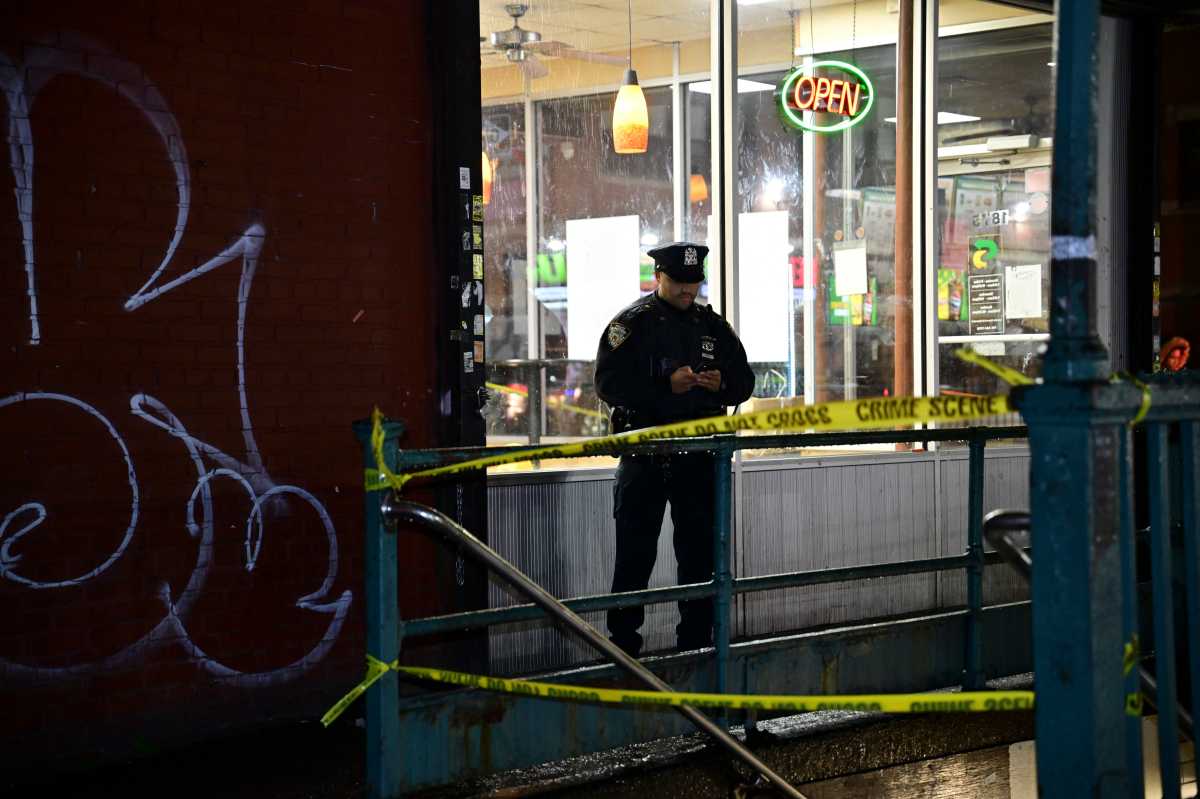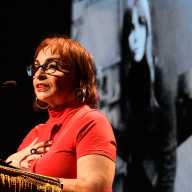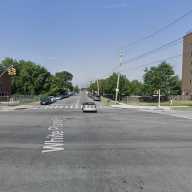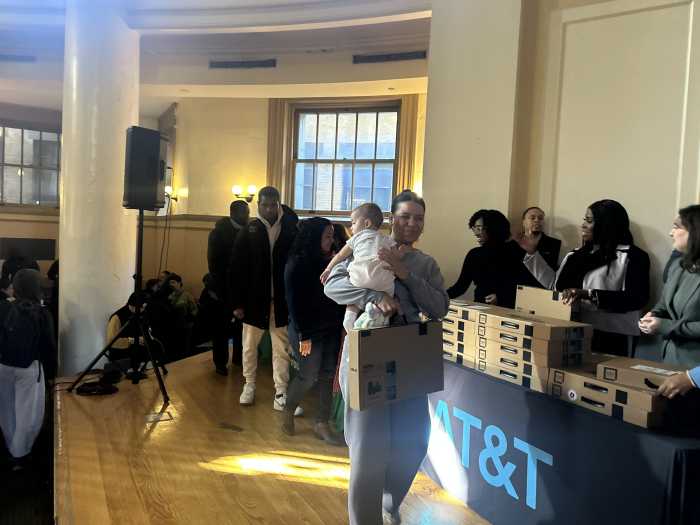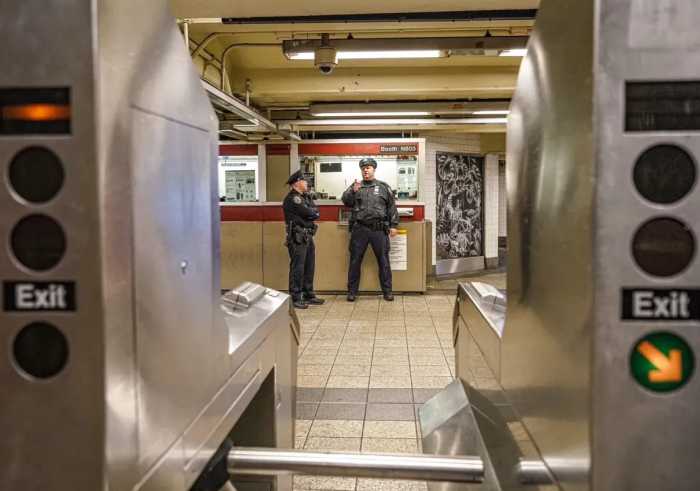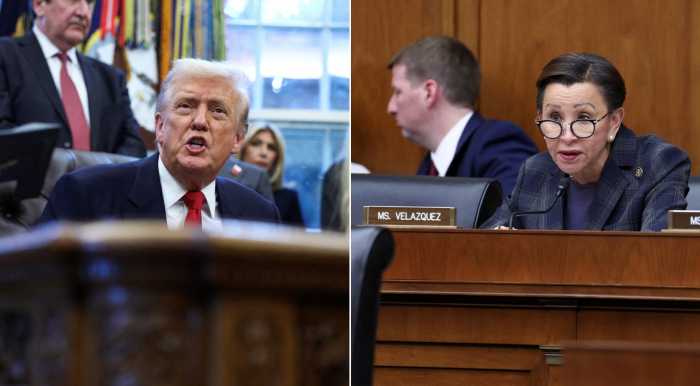The Rent Guidelines Board, the panel that ultimately determines the rent increases New York’s more than 1 million stabilized tenants will have to bear, floated hikes of nearly 16%, a substantial metric that the mayor’s office argues will not come to pass.
The 15.75% increase floated by the RGB at its Thursday meeting, first reported by the New York Times, was noted during a presentation on the costs of building ownership. With negotiations underway and public engagement to follow, the final increase that the Board will approve in June is likely to be much lower based on recent history.
But such a number being discussed at all signals the directional change in housing policy by Mayor Eric Adams. Last year, the RGB approved rent increases of up to 5%, considerably higher than had been allowed under Adams’ predecessor, Bill de Blasio.
At the time, Hizzoner called the hike “disappointing.” But the board is entirely appointed by the mayor, and Adams has also expressed sympathy for the financial turmoil experienced by “mom-and-pop” landlords. The RGB deliberation comes at a time when tenants face record-high rents and an increasingly difficult task in securing affordable housing.
The 15.75% number came up during a presentation before the Board — made up of nine members appointed by the mayor, representing landlords, tenants, and the general public — when the rising expenses being incurred by property owners was addressed. Expenses for buildings with stabilized units have increased by 8.1% in the past year, according to the “Price Index of Operating Costs” presented at the Board on Thursday. That measure takes into account property taxes, labor, fuel, utilities, maintenance, insurance, and administrative costs.
Fuel and insurance in particular saw substantial increases in the past year, at 19.9% and 12.9% respectively. Costs are expected to rise by another 3.7% overall in the next year, with everything but fuel projected to continue an upward trajectory.
The Board used several complex formulas and statistical analyses to arrive at its “commensurate rent adjustments,” which are designed to account for the costs of property ownership. The largest, which accounts for the impact of inflation, based on the Consumer Price Index, and aims to maintain owners’ “net operating income,” would see increases of 8.25% for one-year leases and 15.75% for two-year ones. Another, which doesn’t specifically account for the CPI, prescribes 5.75% hikes for one-year leases and 11% for two-year.
The RGB’s “traditional” formula, incorporating the PIOC of both the past year and the following one, sees the lowest hikes, at 5.3% for one-year leases and 6.6% for two-year ones.
The projections are preliminary, and final increases will not be approved until the summer. Mayor Adams’ press secretary, Fabien Levy, quickly took to Twitter to dispel any notion that rents could go up by such high proportions.
“The 16% number put out by the Rent Guidelines Board today is part of a standard annual report, only reflects one assessment of landlords’ increased costs, and does NOT in any way represent a recommendation from the RGB or this administration,” Levy wrote. “No recommended or adopted increase has ever come close to this number, and this year will be no different. Any group suggesting otherwise is irresponsibly fearmongering and doing a disserve to the working New Yorkers this administration is fighting for every day.”
It’s true that rent-stabilized leases have never increased by such a level. But last year, the RGB voted to hike rents by 3.25% for one-year leases and 5% for two-year leases, the highest hikes since the Bloomberg administration, after the mayor publicly sympathized with the plight of “mom-and-pop” landlords suffering under the boot of inflation. During the de Blasio years, the RGB never hiked rents more than 2.75%, and many tenants saw several years of rent freezes, effectively shielding them from rent increases.
Landlords have spent lavishly on lobbying to secure large increases for stabilized tenants, particularly amid an environment of lower operating income and increased expenses, The City reports.
In Manhattan, the average rent for an apartment now stands at over $5,000, the highest levels ever recorded and a 10% increase over last year, according to market research by real estate firm Douglas Elliman. Rents average $3,844 in Brooklyn and $3,471 in northwest Queens, according to Elliman. Both boroughs saw even larger increases than Manhattan.
More than a third of the city’s renters are paying at least half of their income on rent, according to the RGB’s 2023 Income and Affordability Study released last week. Nearly 40% of rent-stabilized tenants pay over half their income to their landlord.
Approximately 75,000 people were living in the city’s homeless shelters as of the most recent Shelter Census, some of the highest levels ever recorded, bolstered by the thousands of Latin American migrants who have arrived in the Big Apple. Many more are living on the streets and don’t get recorded in the shelter metrics. The primary factor causing homelessness is New York’s severe shortage of affordable housing, the Coalition for the Homeless reports.
In Albany, a legislative session that once seemed promising for addressing the housing affordability crisis appears on the verge of collapse. Governor Kathy Hochul’s budget proposal to force localities to increase their housing stock — and allow developers to seek zoning approval directly from the state if they refuse — has encountered seemingly immovable opposition from suburban members of the Legislature.
Good cause eviction, which would put caps on rent hikes and bar landlords from evicting tenants without presenting “good cause,” also appears unlikely to be approved during budget negotiations, since it faces opposition from both Hochul and the real estate lobby.



